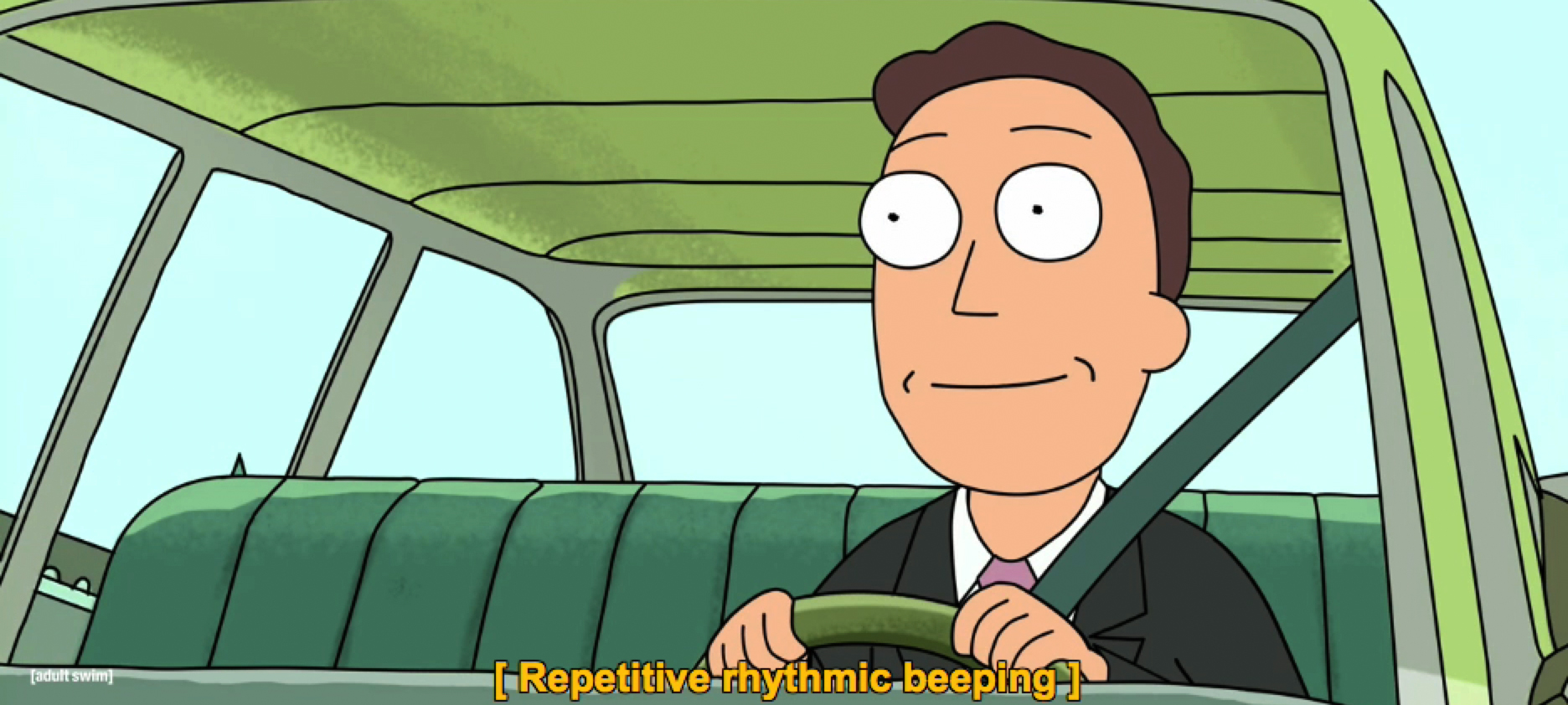Reading Sounds is an award-winning project that will forever change how you watch captioned movies and TV shows.
This supplemental website contains every media clip discussed in the Reading Sounds book — over 500 video clips!
Reading Sounds: Closed-Captioned Media and Popular Culture is the first book to analyze how captions make meaning while mediating users’ experiences. Drawing on a wide range of popular TV shows and movies, Sean Zdenek positions closed captioning as a significant variable in multimodal analysis, questions narrow definitions of closed captioning as the mere “display” of text on the screen, broadens current treatments of quality captioning, and explores captioning as a complex rhetorical practice. Published in 2015 by the University of Chicago Press.
Winner: 2017 Best Book in Technical and Scientific Communication, Conference on College Composition and Communication (CCCC)
Praise for Reading Sounds
There’s no book like this; plain and simple, it is one of the most original new books I’ve ever read.
— Brenda Brueggemann, author of Deaf Subjects
This is a tremendously accessible book. Reading Sounds studies closed captioning in such a nuanced way that it should be required reading for anyone interested in the interface between technical communication or rhetoric and technology.
— Jay Dolmage, author of Disability Rhetoric
After reading this book — even if you don’t regularly make use of closed captions — you’ll never experience captions the same way again.
— Stephanie Kerschbaum, author of Toward a New Rhetoric of Difference
Powerful. . . . Reading Sounds is clearly written and enjoyable. Commanding attention from sentence one, Zdenek builds a compelling argument not just that captions are interesting but also that captioners engage in significant rhetorical work.
— Gregory Zobel, Technical Communication, 63.2 (May 2016): 166.
Zdenek has not only broken new ground in the rhetorical analysis of closed captioning, he has also left no stone unturned in dissecting the different ways that captioners make rhetorical choices in describing sound — and more specifically, nonspeech sound — in textual form in television shows and movies. He has delivered a panoramic view of the rhetorical quality of closed captioning in popular media for scholars in technical communication, multimodal composition, disability studies, accessibility, and sound studies. Reading Sounds seems destined to be a foundational text that will be referenced by accessibility and caption scholars — starting with this reviewer — in the years to come.
— Janine Butler, Rhetoric Review, 35.3 (June 2016): 277-9.
An authoritative, readable guide to closed captioning, this volume provides the type of rigorous rhetorical framing required by students attempting to understand how complex multimodal texts achieve their effects. Zdenek (technical communication and rhetoric, Texas Tech) argues that technical issues — e.g., accuracy and completeness of transcriptions of speech, screen placement, typefaces used — have been the focus of captioners for too long. In nine chapters, he covers logocentrism; “overcaptioning,” which he considers an especially thorny problem; captioning tone of voice; silences, ambient sounds, and sonic allusions — and much more. Enhanced by an ancillary website commenting on dozens of thoughtfully selected film clips, Reading Sounds amply demonstrates the relevance of closed captioning.
— A. R. Richards, Choice, 53.12 (August 2016): 93.

